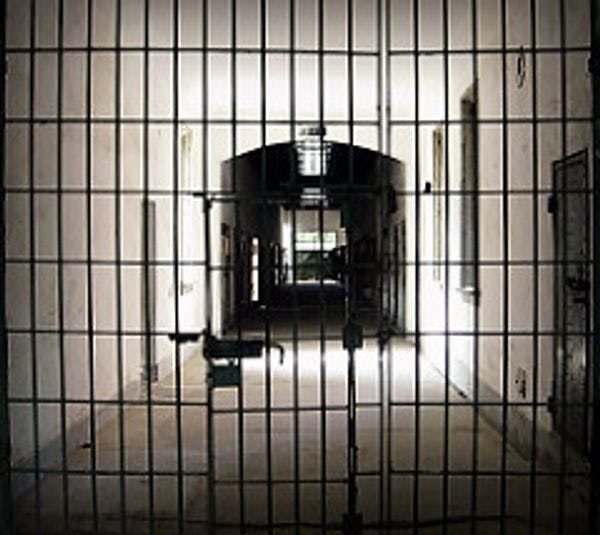The Brazilian prison system: Challenges and prospects for reform
By Elizabeth Leeds
The prison population throughout Latin America has been growing steadily for the past few decades. Harsh drug laws and anti-gang policies have led to a massive increase of the number of people incarcerated, leading to overcrowding in underfunded and often neglected penitentiary systems. The majority of prisoners have yet to be tried, and may wait for years for a hearing. In some countries, gangs continue to operate and recruit new members from inside prisons, and gang leaders order extortion and homicides from behind bars.
This phenomenon can be clearly seen in Brazil, which has recently attained the unfortunate distinction of having the world’s fourth highest rate of incarceration. In the last fifteen years, the country’s incarceration rate grew by 7 percent annually, ten times faster than its population growth. Over the past 25 years, Brazil’s prison population rose from 90,000 to almost 600,000. It is projected to rise to 1.9 million by 2030 if current rates persist.
Click here to read the full article.
Keep up-to-date with drug policy developments by subscribing to the IDPC Monthly Alert.
Thumbnail: Flickr CC Kim Daram
